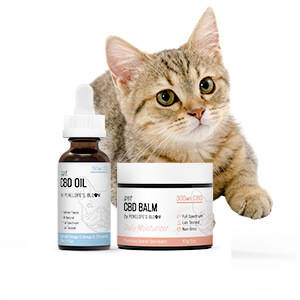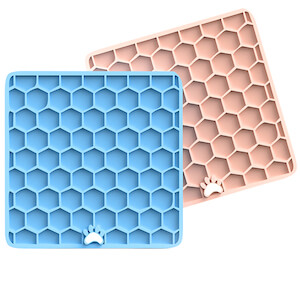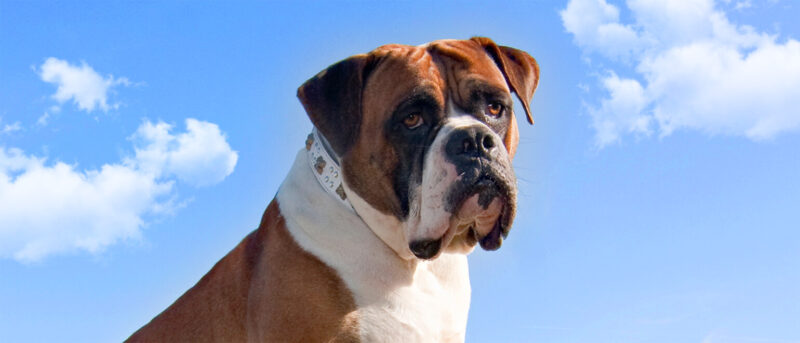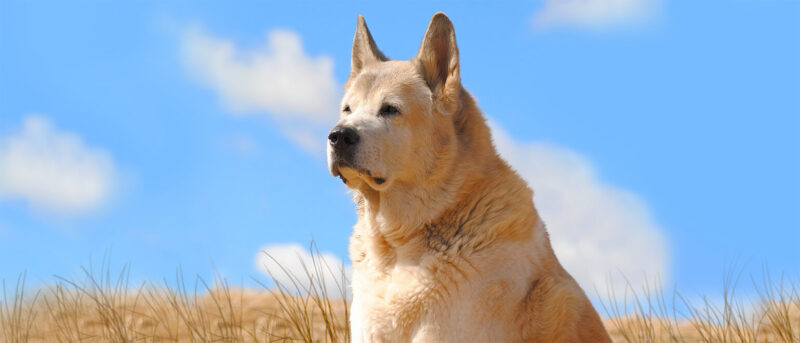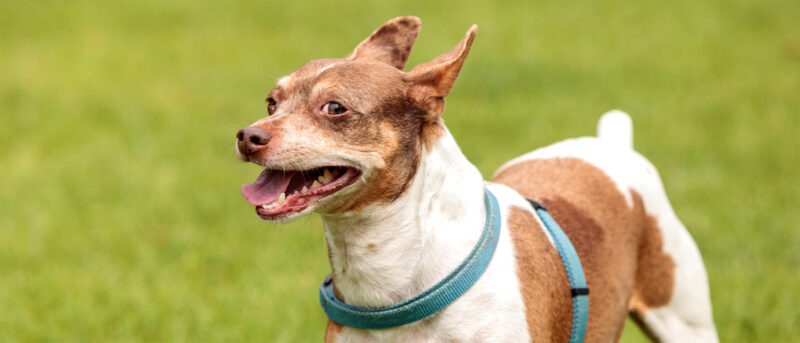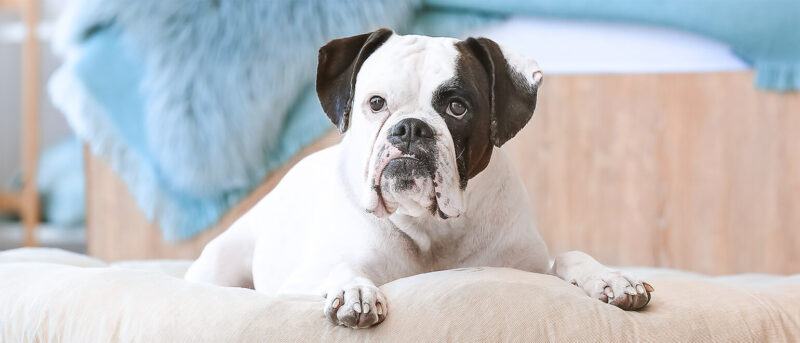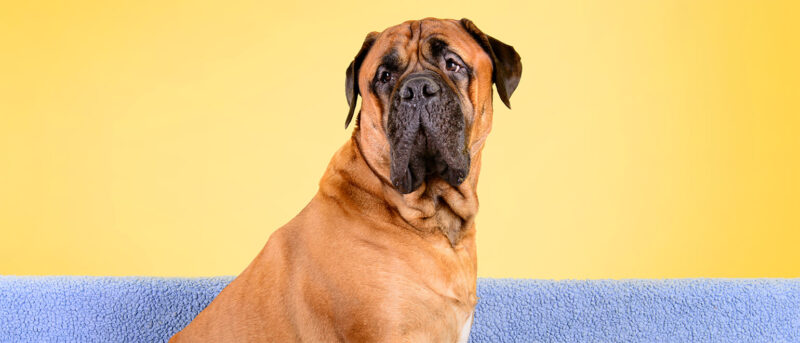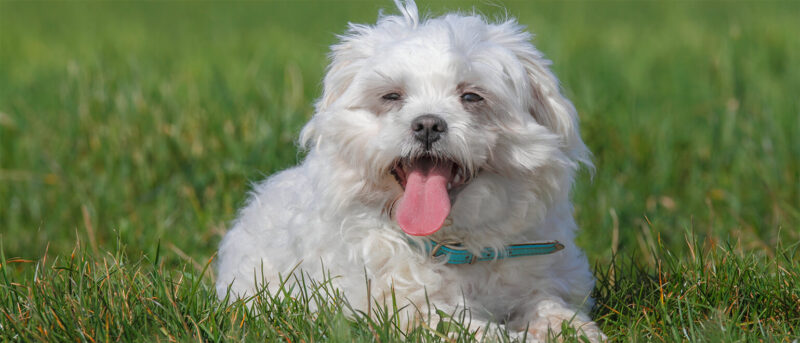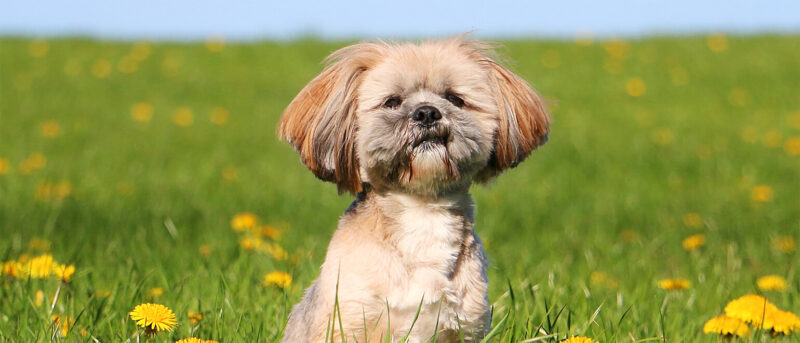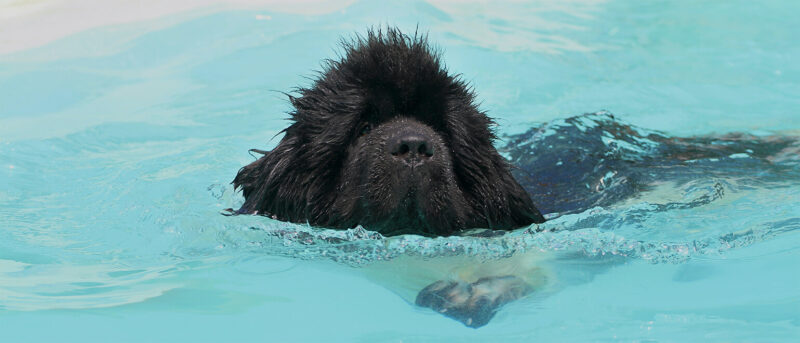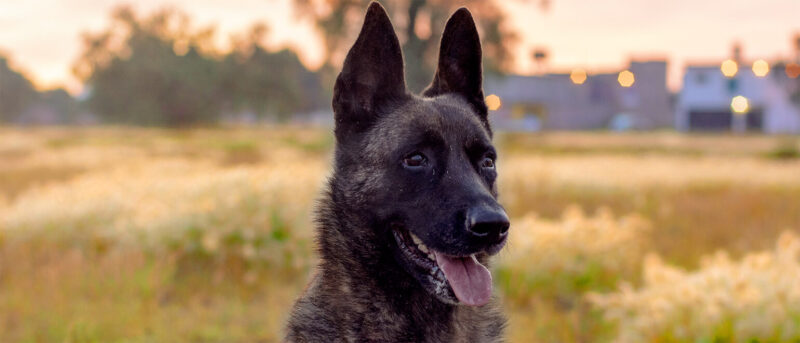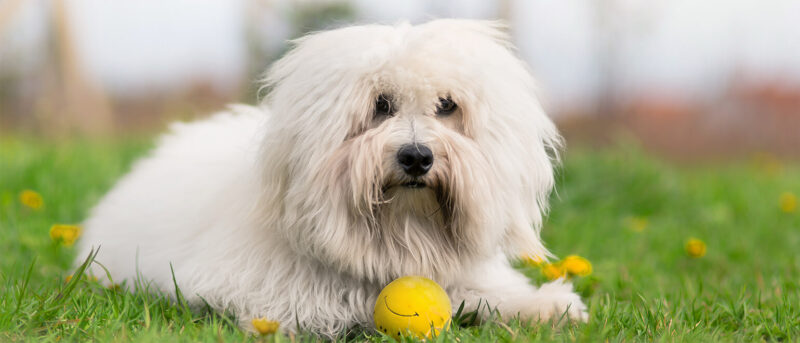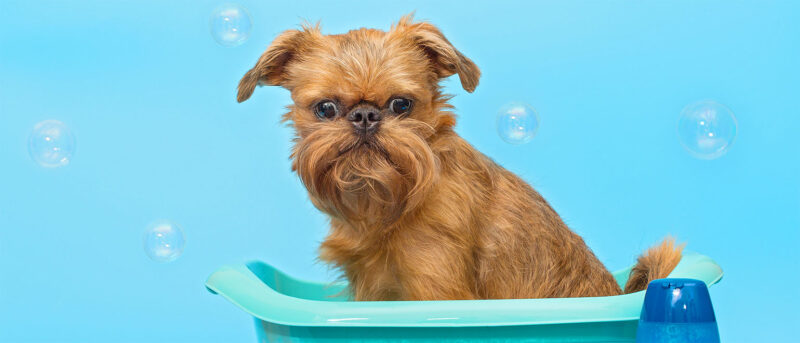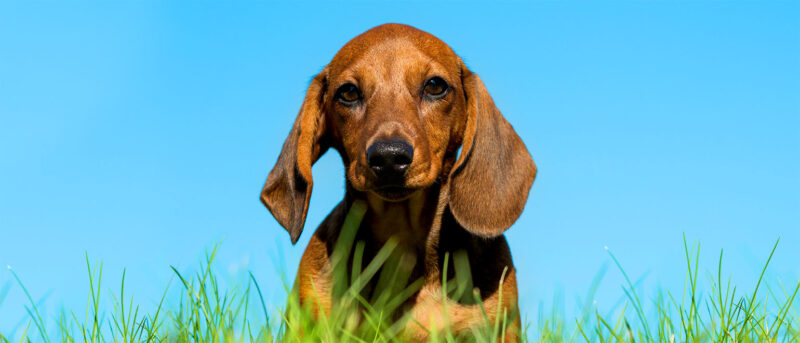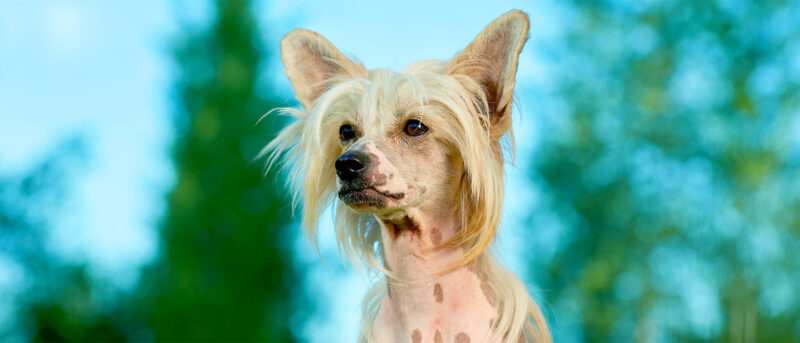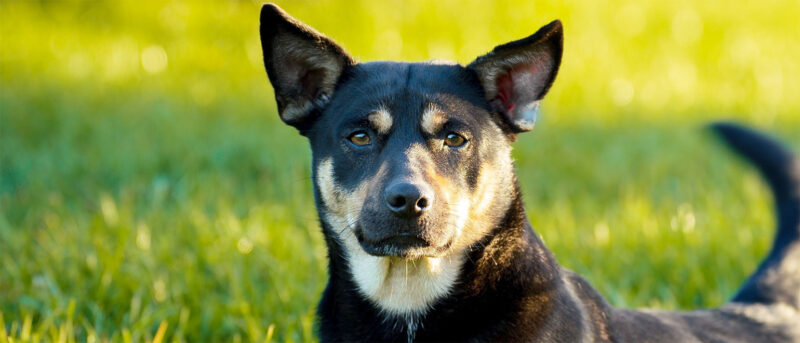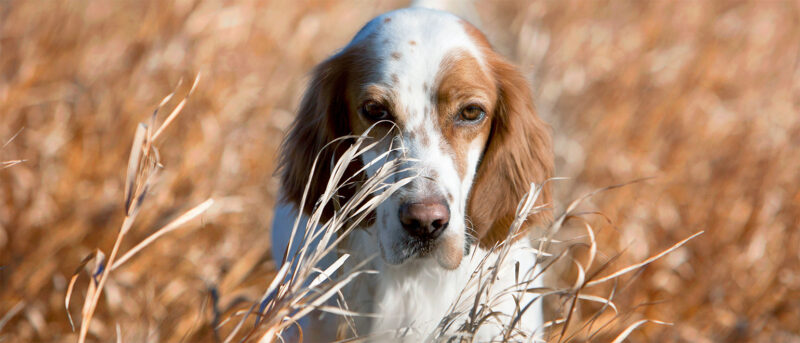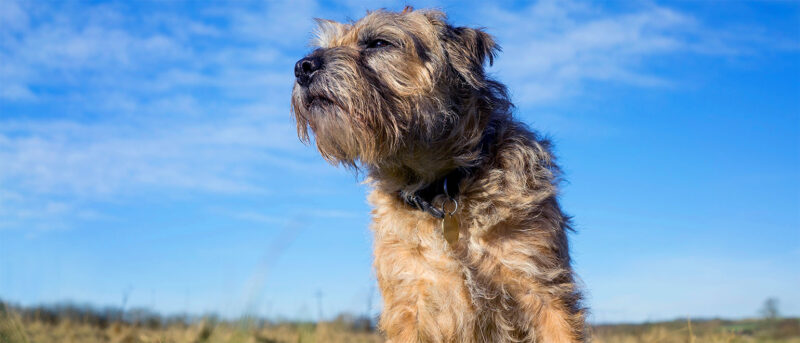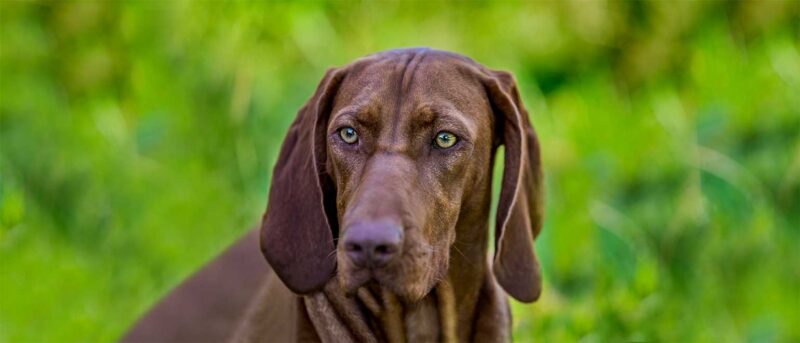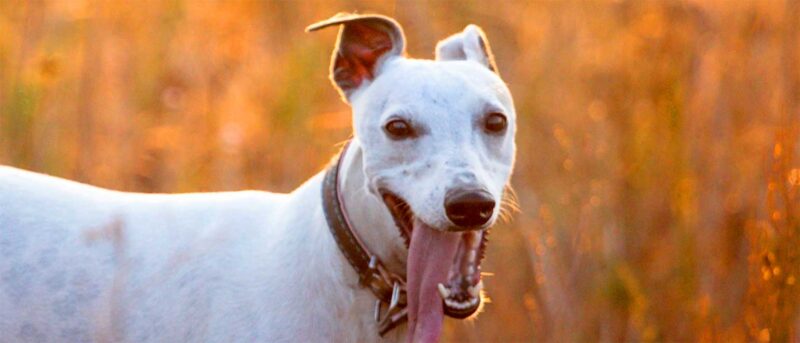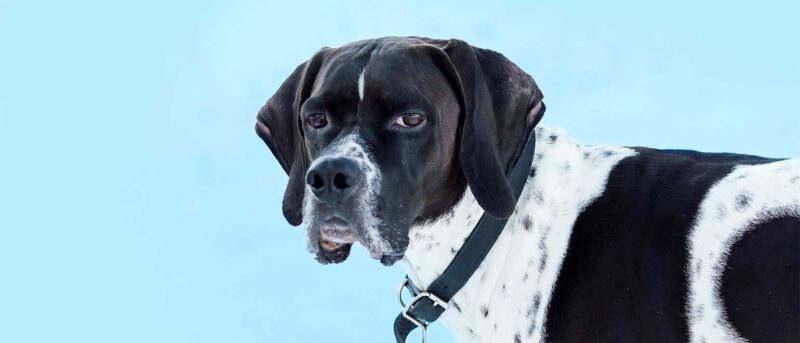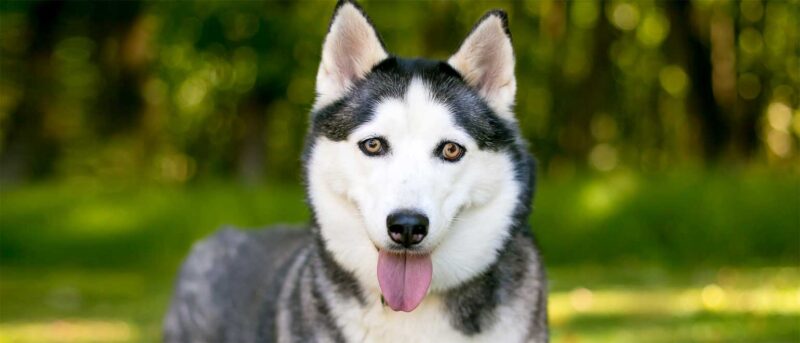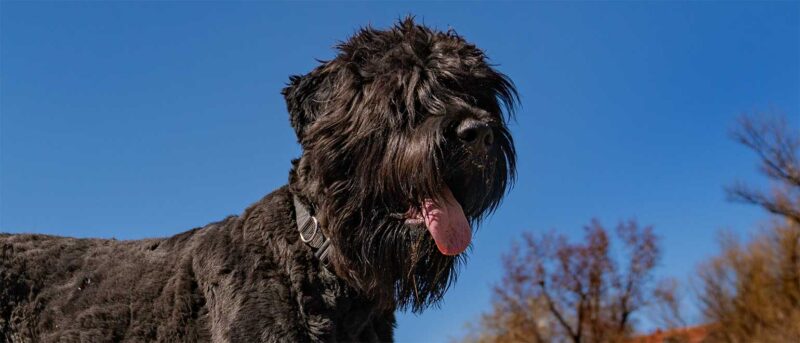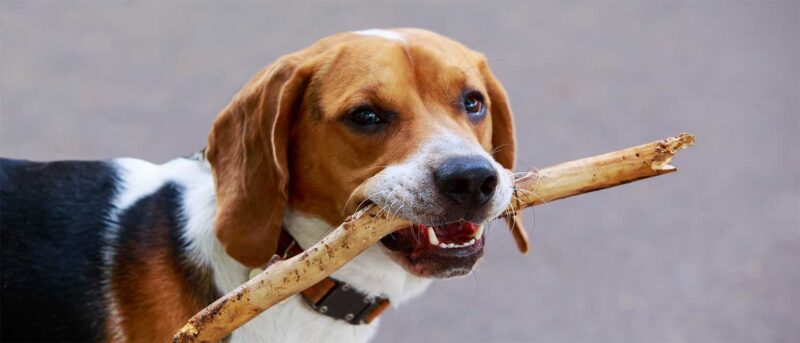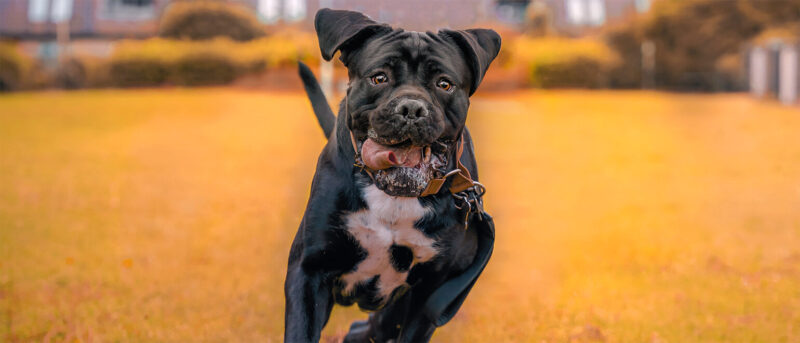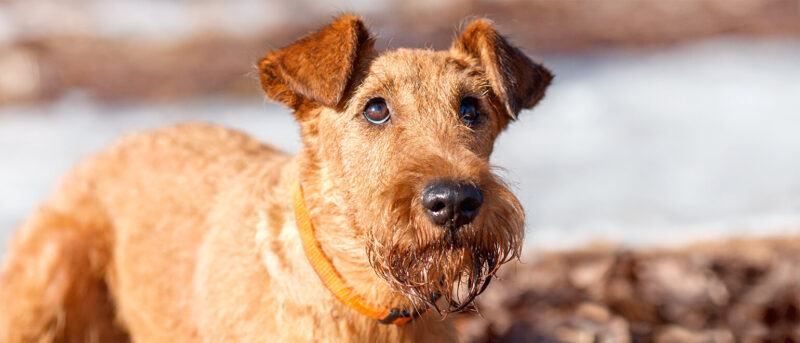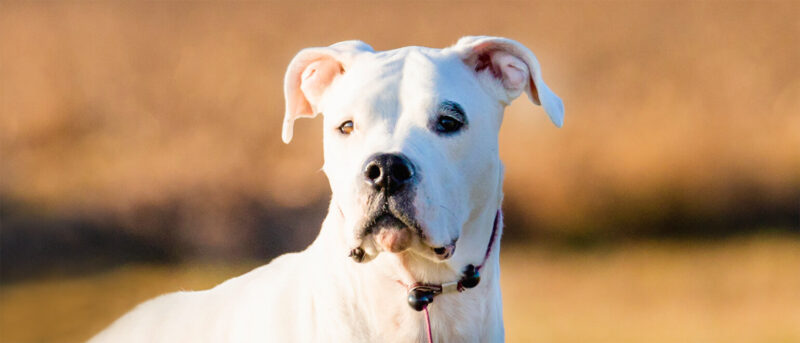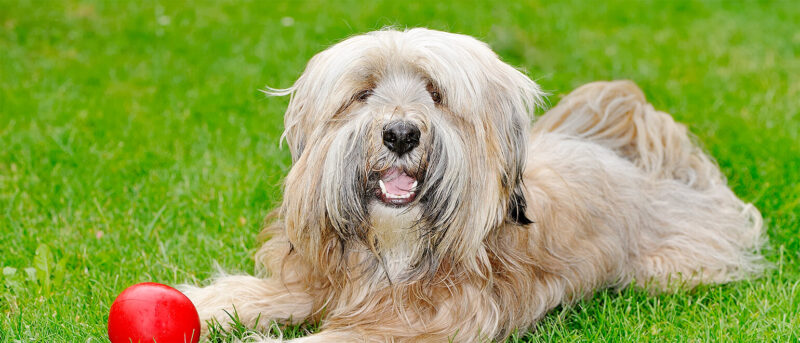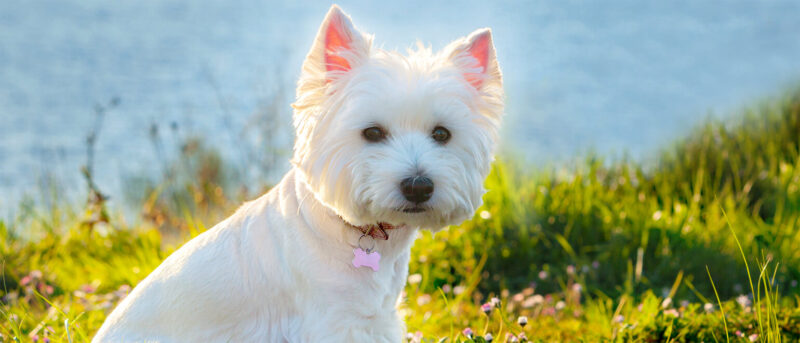Keeshond: Breed Guide to the Furry Bundle of Energy
The Keeshond is a favorite among dog owners for their friendly and playful personality. Pronounced ‘kayz-wand’, this happy and loyal non-sporting breed has a rich European history. Referred to plurally as Keeshonden, these dogs were used as guards and companions on Dutch barges traveling across the Netherlands. Nicknamed ‘Dutch Barge Dogs’, these pups are prized […]
The Keeshond is a favorite among dog owners for their friendly and playful personality. Pronounced ‘kayz-wand’, this happy and loyal non-sporting breed has a rich European history. Referred to plurally as Keeshonden, these dogs were used as guards and companions on Dutch barges traveling across the Netherlands. Nicknamed ‘Dutch Barge Dogs’, these pups are prized family dogs. In addition to their loving companionship, this breed retains its reputation as an effective guard dog. The Keeshond is known for its alertness and distinctive bark.
The highly intelligent Keeshond requires an owner with patience and attention. Those who have the capacity to care for a Keeshond will reap the incredible benefits and lifelong companionship of these adorable canines. Ready to learn more? Keep reading to learn more about this fluffy dog breed.
Keeshond Characteristics
The Keeshond is a medium-sized dog with a curled tail and dense, two-layer coat with silver and black fur. Naturally fashionable, this breed’s unique eye markings make this pup look like it’s wearing chic designer glasses. As members of the non-sporting breed, Keeshonds require minimal exercise, making them adaptable to many lifestyles.
Head
A true furball, the Keeshond is covered in lush black and gray fur and has two short cat-like ears. This dog’s natural facial expression is friendly and it almost looks like they are smiling.
They have dark, inquisitive, almond-shaped eyes and a cute wedge-shaped face. Their nose is typically coal black, regardless if their coat is brown or black.
Body
Keeshonds have short limbs that look shorter and stumpier due to their thick double coat. Males generally have thicker, more pronounced coats than females. The tail of this dog is curled and difficult to distinguish from their compact body when viewed from the side.
Limbs
The forelegs of the Keeshond maintain a straight appearance from all perspectives. The rear angulation typically ranges from slight to moderate, complementing the forelegs.
Keeshond Dog Breed Size
Generally speaking, Keeshond Puppies can be expected to grow and reach a shoulder height anywhere between 16 to 19 inches. Depending on activity levels and diet, these dogs typically weigh between 35 to 45 pounds. They are not heavyset dogs.
This breed loves to be around people and makes wonderful children’s pets. These medium-sized dogs are calm and love to play in the backyard or join you on the sofa for an afternoon or reading or watching TV.
Keeshond Personality
Keeshonden make great family dogs as they love children and enjoy being around their families as much as possible. The playful Keeshond is impressively alert with great reflexes and strong jumping abilities, making it an entertaining playmate.
The Keeshond makes excellent service dogs as they are such an attentive breed. Although adults of this breed are quick learners who are easy to please, the Keeshond puppy is mischievous and curious. These observant pups develop their sense of self and understanding of the world around them as they mature and learn from their owners and experiences.
Intelligent
Ranked 18th out of 79 different dog breeds for excellent working/obedience intelligence by Stanley Coren’s The Intelligence of Dogs, Keeshoden are incredibly bright and follows commands with ease. Potential dog owners will find this breed easy to train as they respond well to instruction.
According to the forementioned author, Coren, there are three unique types of intelligence in which these breeds were ranked:
- Instinctive Intelligence: specific to the individual animal
- Adaptive Intelligence: learning and ability to problem-solve
- Working/Obedience Intelligence: breed dependent
Companionship
Keeshoden often form an inseparable bond with their owners, earning them the title of “Velcro dog”. When their owner is away or in another room, they often sit by the door, waiting for their human to return.
The Keeshond is known for its affectionate and friendly nature, thriving when included in family activities. Early socialization is essential to prevent the Keeshond from becoming shy or timid. Like many breeds, consistent training plays a key role in their development.
Alert
While the Keeshond is friendly by nature, they are also very alert and can serve as watchdogs without displaying aggression towards visitors. They are famous for their distinctive bark, but it’s important to note that they can easily become excessive barkers if not trained or managed appropriately.
Keeshond Dog Breed Exercise
Keeshonden benefit from daily walks and also appreciate a good run in open areas. This breed can also be active indoors and does not require excessive exercise. Keeshonden thrives with outdoor time to run and play. That being said, they overheat quickly due to their thick fur coat and feel most comfortable indoors where it’s cooler.
If you notice your Keeshond spinning in circles, that may be a sign that they need more stimulating exercise. A Keeshond needs to be taken on a daily walk and have active playtime in the home with its family or children.
If you need inspiration for more activities your Keeshond will love, consider:
- Water play
- Playing Fetch
- Hikes
- Runs/Walks
Training is crucial for any dog’s development, but Keeshonden are particularly responsive to attention from their owners. This attentiveness makes them quick learners, helping them to easily grasp new instructions and commands.
Keeshond Training
Keeshonden are intelligent dogs that benefit from early training and structure in their lives. Like many breeds, proper training is crucial for developing good, healthy habits. Investing in training will not only benefit your Keeshond but also prevent future challenges, saving you a lot of trouble.
A Keeshond puppy is wonderfully affectionate and quickly becomes inseparable from its owner. This closeness presents a wonderful opportunity for pet owners to train their dogs and establish positive habits from the start. Due to their intelligence, Keeshonden are quick learners as long as training is consistent. This breed can also be quite independent (when properly encouraged) and capable of learning on their own. However, this independence and need for mental stimulation can occasionally lead to destructive behaviors if not properly managed.
Using positive reinforcement is an excellent way to encourage obedience and teach new tricks, which can be enjoyable for both you and your dog! Rewarding them with treats and toys can be an effective way to reinforce positive behaviors. While training may seem daunting at times, fear not! We have a couple of tips to help you succeed.
- Consistency: To avoid confusion, everyone in the home must use the same cues. It’s also important to reward good behavior consistently and never reward bad behavior
- Timing: Timing is of the utmost importance with positive reinforcement. You must reward their good behavior immediately (within seconds).
- Keep it short: Dogs initially learn from our body language rather than full sentences. Once they grasp the behavior, you can introduce words like “sit” or “down” in a gentle tone. It’s best to avoid repeating the word excessively.
Socialization
Keeshonden are a social breed, and if they are excluded from social activities, they can become bored. This may lead them to engage in negative behaviors such as chewing or digging in an attempt to entertain themselves.
The key to having a well-rounded dog in adulthood is to socialize your Keeshond puppy. The Keeshond is an ideal family dog and is a great pet to have around children. Socialization will help this dog distinguish play from other commands.
It’s important not to frame crate training as a way to punish your dog. Instead, crate training should be used to establish basic commands and help potty train your new Keeshond puppy. Their crate can also create a safe space for them, making it an ideal place for them to hide during loud storms or fireworks. You can also use the crate during mealtimes to create a routine for your puppy. You can also use dog treats to incentivize your dog with training.
Keeshond Dog Breed History
The Keeshond was named after the 18th-century Dutch patriot, Cornelies (Kees) de Gyselaer. After the historic rebellion against the House of Orange, this breed became the rebels’ symbol. The House of Orange derives its name from the medieval principality of Orange in the historic old Provence of southern France.
The Keeshond celebrated as both a guard and companion on Dutch ships, earned the nickname “Dutch barge dog.” Keeshoden share ancestry with the Samoyed, Norwegian Elkhound, Spitz, and Pomeranian.
The Keeshond became widely known in Europe during the late 1700s. In 1923, the first official Dutch Barge Dog was recognized. Two years later, in 1925, a specialist club was formed. While the American Kennel Club uses ‘Keeshonds’ as the plural form of Keeshon, the correct plural form is Keeshonden. This happy dog is often referred to as “The Smiling Dutchman” due to the friendly nature of the Keeshonden.
Common Health Problems Found in the Keeshond Dog
Understanding the preventive care requirements of any dog breed is necessary for responsible ownership. The Keeshond, known for its overall health, typically enjoys a lifespan of 12 to 15 years.
While Keeshonden are generally healthy, there are certain genetic and breeding-related health issues to be aware of. Here are some things to watch out for:
- Diabetes: Although diabetes is uncommon in Keeshonden, avoid overfeeding. The Keeshond is a sturdy dog that requires portioned meals. It is very uncommon for Keeshonden to be born diabetic.
- Hip Dysplasia: Hip dysplasia is an abnormal formation of the hip socket, which can cause joint pain and impaired mobility in severe cases. Hip dysplasia symptoms look the same in all breeds but can be more common in some breeds more than others.
- Hyperthyroidism: Hyperthyroidism causes the opposite effect as hypothyroidism and unhealthily speeds up the metabolic rate. Signs of Hyperthyroidism include increased thirst, increased urination, and hyperactivity.
- Hypothyroidism: Hypothyroidism is when the metabolic rate unhealthily slows down. Signs of canine hypothyroidism may include weight gain without an increase in appetite, lethargy, cold intolerance, and failure to regrow hair.
The likelihood of your Keeshond developing any of these serious health issues is relatively low. Maintaining their health can be achieved by ensuring they have a regular diet and receive daily exercise.
How to Care for a Keeshond
Comprehensive care for your Keeshond is crucial for their development as a puppy and longevity as an adult. Thoughtful care doesn’t have to be expensive. Ensuring your dog stays hydrated with easy access to water, especially during hot summer months, is essential. Understanding how to maintain your Keeshond’s coat and its function in basic care is also important.
To help your Keeshond deal with the heat, always provide a clean source of water. Indoors, they often seek out cool spots like kitchen floors or linoleum to lay on. Outdoors, they may cool off by digging a shallow hole to access cooler soil just below the surface.
Despite their heat sensitivity, it’s important not to clip a Keeshond for the summer. Their fur protects them from the elements and exposed skin can result in painful sunburns. Their beautiful coat works both as an insulating blanket from the heat and the cold.
Nutrition and Feeding for a Keeshond
Good nutrition is the key to great health for any dog! It’s important to provide your Keeshond with high-quality food, whether it’s homemade or manufactured. This Northern breed typically does best with low-carb fish-based diets.
Keeshonden thrive on a well-balanced diet, benefiting from foods rich in protein without added fillers. Chicken and fish are excellent choices. Keeshonden respond well to a high-protein, low-carb diet, making grain-free options ideal. While treats are very useful for training, overindulgence can lead to rapid weight gain.
Keeshond puppies aged 6 months to a year generally do well with two meals within a 24-hour period. Some adult Keeshonds may do well with one meal a day, while others may benefit from two lighter meals. It’s important to take note of your pet’s eating habits and adjust as needed.
While Keeshonden can enjoy a variety of human foods, they should be given to them sparingly and not make up the majority of their diet. Below are some examples of human foods that Keeshonden can eat:
- Cottage cheese
- Certain fruits
- Cooked eggs
While some human foods are non-toxic for dogs, it’s best to consult your veterinarian regarding the best supplementary diet for your pet.
Generally speaking, these are a few food items that your Keeshond should not eat:
- Onions
- Tomatoes
- Grapes
- Avocados
- Cherries
Coat Color And Grooming
Keeshonden typically have a coat that combines black, gray, and white colors. The undercoat is pale gray or cream, while the outer coat is black-tipped, creating the appearance of varied hues. The Keeshond’s coat protects against both heat and cold.
Their shoulder line markings should be gray and well-defined. The fur on the ruff and “trousers” of a Keeshond is lighter in color compared to their body. Regular brushing is essential to prevent tangling and matting, promoting overall coat health. This simple coat care routine will keep your Keeshond happy and well-groomed.
Keeshonden typically shed once or twice a year: males shed once, while females shed twice. Regular brushing is the most effective way to assist in managing their natural shedding process.
When caring for a Keeshond, coat care is of the utmost importance. This breed has a dense, downy undercoat that needs regular brushing. Keeshonden “blow” their undercoats once a year for males and twice a year for females, which is a natural dog shedding process. It’s essential to avoid shaving a Keeshond, as their undercoat serves as a natural insulation against both heat and cold.
Here are other essential care tips to keep in mind:
Dental
Caring for your dog’s teeth and gums is very important. While Keeshonden generally have good teeth, it is recommended to brush their teeth twice a week. This recommendation applies to all breeds as dental care can minimize odor and decrease the chances of gum disease and potential oral cavities.
Bathing
Due to their fluffy coat, Keeshonden need regular grooming including brushing and baths. You can bathe your Keeshon weekly, just don’t wait more than six weeks between baths. Neglecting to bathe and brush them can lead to their fur becoming matted and tangled.
Paw and Nail Care
Overgrown nails can be uncomfortable for both the dog and their owner. It’s recommended to keep their nails short and at a healthy length. Shorter nails give them better traction and prevent infection in the paws.
Children And Other Pets
Keeshonden are intelligent, playful and can be easily trained to protect their loved ones. Additionally, they are great with children!
Training and socialization are essential for your puppy, especially around children. Kids often lack proper knowledge of handling pets, and untrained dogs can feel overwhelmed and anxious in their presence. This may result in negative behaviors such as biting, barking excessively or displaying aggression.
When introduced at a young age, Keeshonden typically do well with other pets. That being said, the old adage, “You can’t teach an old dog new tricks” doesn’t apply to the Keeshond! They learn quickly and can be trained at any age. That being said, it is still easiest to train and socialize your puppy from a young age to help instill good behavior.
A fun way to socialize your Keeshond is to set up playdates with other dogs. Playdates are an easy way to train your dog to play and not default to extremely territorial behavior. This personality trait will vary from breed to breed. Since Keeshonden are typically a friendly breed, aggression, and territorial behavior are not a common issue for them.
There are so many ways to help support your dog’s social life. Whether you socialize your Keeshond at home with your children or through playtime at the dog park, it’s important to keep an eye on them at all times for safety.
Keeshond Dog Rescue Groups
It’s always sad to hear about the unfortunate circumstances that result in a dog owner no longer being able to keep their pets. Thankfully, there are many rescue organizations that help shoulder the responsibility of rescuing and rehoming dogs. It’s important for people to understand that having a pet is a big responsibility that can be costly, whether it’s vet visits, special diets, or necessary medications they need.
Taking an abandoned or malnourished pet back is a large but worthwhile endeavor. Shelters play a crucial role in rescuing dogs of all kinds, including those specializing in specific breeds. Here are some resources to aid you in finding your new furry companion!
Southern California Keeshond Rescue: This organization is dedicated to rescuing homeless Keeshond dogs, providing them with safe temporary foster care, and finding them loving forever homes. Additionally, this SoCal Keeshond rescue helps to educate the public on this remarkable breed.
Bay Area Rescue Keeshonden, Inc.: This California dog organization works hard to rescue Keeshoden and rehome them in qualified homes. Each rescued Keeshond is cared for in a comfortable foster home, and receives needed vaccinations, microchipping, and veterinary screening for heartworms. Their adoption process is designed to ensure each dog finds a loving and nurturing home where it will receive the care and affection it deserves.
Keeshond Dog Breed Organizations
The Keeshond Club of America is the official dog breed organization for the Keeshond. This helpful organization provides resourcing on adopting a Keeshond and ranks these choices from most ethical to non-ethical.
Some Keeshond organizations provide a community for enthusiasts to indulge their love for the breed. Many owners and enthusiasts participate in training their dogs and showcasing them in obedience and rally trials.
Other organizations focus on promoting purebred characteristics and preserving the natural qualities of breeds as much as possible. When getting a puppy, it’s crucial to discuss health certifications with the breeder. It’s important to be aware that health issues can sometimes occur due to inbreeding practices.
When contacting a breeder to adopt a Keeshond, it’s important to inquire about the living conditions of the dogs. Don’t hesitate to ask all relevant questions when speaking to a breeder as transparency is crucial. Ensuring the well-being and proper care of the dogs should be a top priority throughout the adoption process.
More About the Keeshond Dog Breed
The Keeshond is a loyal and devoted companion, thriving when included in daily family life. They are easy to train and obedient dogs when they feel part of the family. Known for their friendly and welcoming nature, Keeshonden make excellent family pets. Their Nordic heritage means they are more suited to cold weather than heat, with their coat playing a significant role in regulating their comfort. So, this might not be an ideal dog breed for potential owners located in the desert.Keeshonden are renowned for their affectionate nature, earning a perfect ten out of ten for their warmth, making them highly appealing to families with small children. They are cherished for their loving companionship and agility in completing tasks and learning quickly. For more information on different breeds, explore other articles from Penelope’s Bloom!



